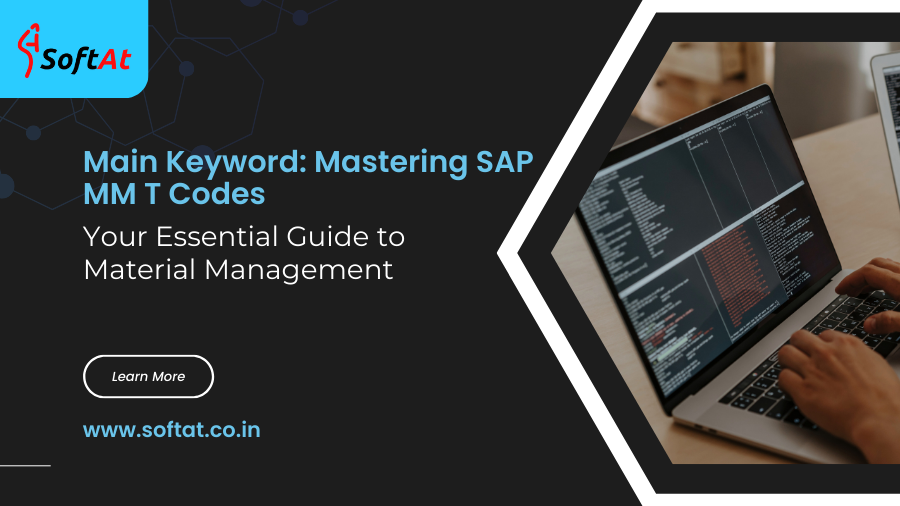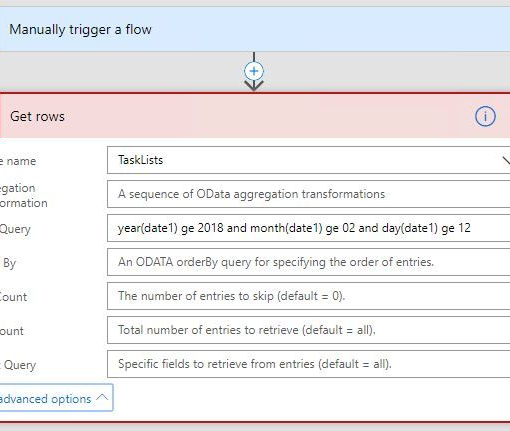Within the intricate world of SAP, a realm of codes holds the keys to efficient material management. These powerful shortcuts, known as T codes, act as gateways to essential processes within the Material Management (MM) module. For those seeking to unlock the full potential of SAP MM, understanding and effectively utilizing T codes is paramount. This comprehensive guide serves as your compass, navigating you through the diverse landscape of SAP MM T codes, empowering you to streamline material processes, and ensuring optimal resource management within your organization.
Decoding the Essentials:
1. Navigating the MM Menu:
- MM01: Create Material: Craft new material master records, the heart of material management, to capture essential data for each item.
- MM41: Change Material: Modify existing material master records to ensure accuracy and reflect evolving requirements.
- MM02: Display Material: View detailed information about materials, vital for decision-making and troubleshooting.
- MM42: Create Purchasing Info Record: Establish links between materials and vendors, streamlining procurement processes.
- ME51N: Create Purchase Requisition: Initiate the purchasing process by requesting needed materials.
- ME21N: Create Purchase Order: Formalize agreements with vendors to secure materials and services.
- MIGO: Goods Receipt: Record the arrival of purchased goods into inventory, ensuring accurate stock levels.
- MB1A: Create Material Movement: Transfer materials between storage locations or issue them for consumption, optimizing stock management.
- MR21: Create Reservation: Secure materials for specific purposes, preventing shortages and ensuring project continuity.
2. Beyond the Basics:
- ME57: List Display Purchase Requisitions: Track the status of purchase requisitions for efficient procurement planning.
- ME2L: List Display Purchase Orders: Monitor purchase order progress and identify potential delays early on.
- MB51: Material Document List: View a comprehensive history of material movements, facilitating analysis and auditing.
- ME2N: Display Purchase Order: Access detailed information about individual purchase orders for comprehensive review.
- MMBE: Stock Overview: Gain real-time insights into stock levels across multiple plants and storage locations, enabling proactive inventory management.
- MM60: Maintain Vendor Master: Manage vendor data, including contact information, payment terms, and performance history, for strategic vendor relationships.
3. Powering Procurement Processes:
- ME53N: Purchase Requisition Release: Authorize requisitions to proceed to the purchase order stage, advancing procurement workflows.
- ME29N: Change Purchase Order: Modify purchase orders to accommodate changes in requirements or pricing, maintaining flexibility in procurement.
- MIRO: Enter Incoming Invoice: Record vendor invoices for goods or services received, ensuring accurate financial accounting.
- ME23N: Display Contract: View details of purchasing contracts, ensuring compliance and optimizing pricing.
4. Optimizing Inventory Management:
- MI01: Create Physical Inventory Document: Initiate physical inventory counts for accurate stock reconciliation.
- MI04: Enter Inventory Count: Record physical inventory results to update system stock levels, ensuring data integrity.
- MM71: Create Storage Location: Define physical storage areas within a plant for organized material handling.
- OMJJ: Maintain Storage Bin: Manage individual storage bins within storage locations for precise material placement.
Unlocking Your MM Potential:
- Personalize Your Favorites: Create a list of frequently used T codes for quick access, streamlining your daily tasks.
- Utilize the Search Bar: Efficiently locate specific T codes using keywords or transaction names, saving time and effort.
- Explore Context Menus: Discover additional T codes relevant to your current task within context menus, expanding your MM toolkit.
- Leverage Help Resources: Access comprehensive documentation and tutorials within SAP for in-depth understanding of T code functionality.
Conclusion: Mastery Awaits
By mastering SAP MM T codes, you hold the power to navigate the complexities of material management with precision and efficiency. Embrace this knowledge, unlock the potential within each code, and elevate your SAP expertise to new heights. Remember, the path to proficiency lies in continuous exploration and practice. Embrace the challenge, embark on your MM T code journey, and discover the rewards of material mastery within the SAP universe.
5 FAQs to Fuel Your SAP MM T Codes Mastery:
1. How do I remember all these T codes?
Don’t fret! It’s a natural challenge to memorize every code at once. Focus on the essentials within your daily workflow, personalize your favorites list, and leverage the T code search bar for efficient navigation. As you gain practical experience, your memory bank will naturally build, and specific codes will become readily accessible.
2. Where can I find more information about specific T codes?
SAP provides comprehensive documentation and tutorials within the system itself. Simply access the Help menu while in a specific transaction screen to uncover detailed descriptions, step-by-step guides, and relevant resources for each T code.
3. Are there any online resources for learning SAP MM T codes?
Yes! Numerous online communities, forum discussions, and dedicated websites offer valuable resources for mastering SAP MM T codes. Consider platforms like SAP Community Network, SCN, and blogs by SAP experts to access informative articles, tutorials, and tips from experienced users.
4. Can I automate any processes using T codes?
Absolutely! SAP Business Workflow, an integrated tool within the system, allows you to automate repetitive tasks using T codes as building blocks. This not only saves time and effort but also ensures consistency and accuracy in your workflows.
5. How can I stay updated on new or changed T codes?
Subscribe to SAP’s official release notes and updates to stay informed about new T codes introduced or existing ones modified. Additionally, engaging with online communities and attending industry events can keep you abreast of evolving best practices and the latest functionalities within SAP MM.
Remember, these are just starting points. Customize these FAQs to your specific audience and target region to provide even more relevant and practical information. By addressing common concerns and offering valuable insights, you’ll empower SAP users to confidently navigate the ever-expanding world of material management through the power of T codes.
You may be interested in:
How Many Total T-Codes (Transaction Codes) Are There in SAP?





